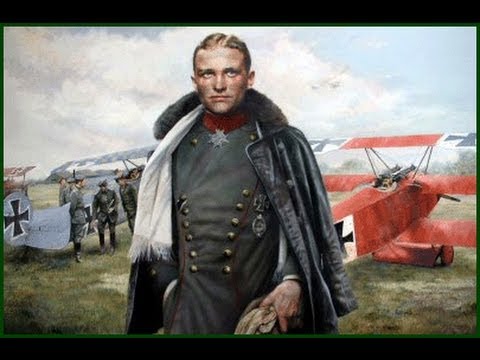
Germany began organizing an aviation service during the last few years of peace prior to the outbreak of World War I. At the beginning, there were two types of units making up the Luftfahrtruppe (Aviation Troops): the Feld Flieger- Abteilung (Field Flying Section), a mobile unit equipped with two-seat aircraft, and the Festungs Flieger-Abteilung (Fortress Flying Section), a similar force attached to a fortress. Each unit had six aircraft.
The Festungs Flieger-Abteilung quickly disappeared from the German order of battle, but the Feld Flieger- Abteilung remained, the number expanding over the years, but the mission remaining the provision of the entire range of aviation services.
By 1916, it was clear that the self-contained air force approach in vogue at the beginning of the war was not an efficient way to run military aviation. The situation had been evolving gradually, with such innovations as the spinoff of single-seaters into independent staffeln (squadrons) previewing the coming reorganization of units around their intended mission. During the Battle of the Somme, the Luftfahrtruppe was reorganized and became the Luftstreitkräfte (Air Service) under the command of a former cavalry officer, General Ernst von Hoeppner.
Two other features distinguish the German service from that of the Allies; one was political, the other doctrinal. On the political level, Germany was made up previously independent and still semiautonomous states, and the larger of those other entities had to be accommodated by the creation of their own units. Thus, the years 1917 and 1918 saw the creation of Bavarian, Saxon, and Württemburg units.
On the doctrinal level, the Germans adopted a defensive posture. Having to conserve assets in consideration of a two-front war and the British blockade, such a policy made sense. Occasionally, it cost opportunities—notably at Verdun, where an aggressive approach against the voie sacre (sacred road) may have proven a tactical advantage.
The Luftstreitkräfte continued as an effective force until the end of the war despite the fuel and equipment shortages that plagued its final months.
References Hoeppner, Ernst von. Germany’s War in the Air. Nashville, TN: Battery Press, 1994. Kilduff, Peter. Germany’s First Air Force. London: Arms and Armour Press, 1990.